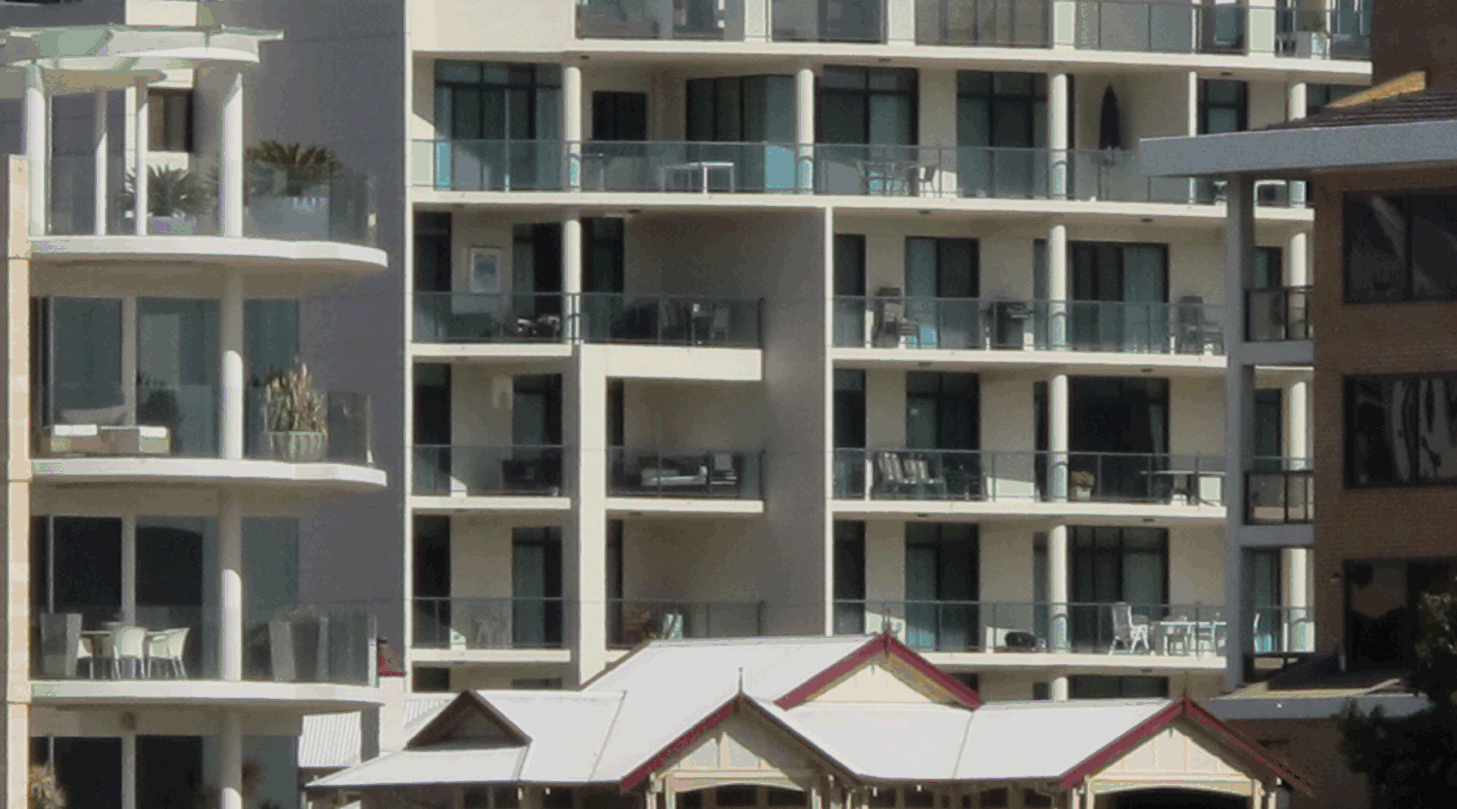Housing Density
Western Australia Statistical Indicators
Only one third of building approvals in Perth are for medium to high density housing.
Over the past four years, Western Australia has been the fastest growing state, with Perth the fastest growing capital city. Projections suggest that the population of Perth could grow to more than 2.2 million by 2031. To house this anticipated growth, the Western Australian Department of Planning estimates an extra 328,000 dwellings will be needed across the Perth and Peel Region.
An analysis was recently undertaken by the ABS to explore the relative proportions of building approvals for low, medium and high density housing to gauge the extent to which residential densities in Perth may be changing.
Using a methodology first adopted in a 2001 study, dwelling approvals by development type were scrutinised to see whether housing density in Perth may be moving towards higher urban density. Where approvals for medium density and high density dwellings increase as a proportion of total dwelling approvals, greater density can be achieved.
A comparison of results from the current and 2001 studies identified minimal change in the mix of dwelling types over the decade. Over two-thirds of building approvals in the Perth metropolitan area continued to be for single detached houses on their own block of land.
The earlier study had reported that single houses accounted for 68% of all residential building approvals; this compared with 67% in the current analysis. Similarly, clustered dwellings (comprising grouped houses, semi-detached, row or terrace houses and townhouses) accounted for 21% of all approvals in the recent study, slightly lower than the 23% reported in 2001. However, a small increase in the proportion of building approvals for flats, units and apartments, rising from 9% to 12% of all approvals, was noted.
Despite minimal change in the mix of dwelling types at this broad level, there was some evidence of increasing densification within medium and high density developments. In particular, within approvals for clustered dwellings, there was a trend away from two-dwelling developments in favour of three-dwelling developments on a single parcel of land. This may reflect a shift towards higher density grouped developments, allowing for greater utilisation of available land resources.

Not surprisingly, approvals for medium and high density dwellings tend to be concentrated in the older inner suburban areas of the city, while approvals for low density housing dominate in the outer metropolitan areas.
For further information see the full feature article A View of Housing Density in Perth, 2005-2009, released 30 July 2010 in Western Australian Statistical Indicators (cat. no. 1367.5).
You can now subscribe to Western Australian Statistical Indicators (cat. no. 1367.5) and be notified when new updates are released.
Just access the publication on the ABS website (www.abs.gov.au) and click on the ‘email notification’ link in the green Page Tools bar.
WASI offers opportunities for in-depth analyses on economic, demographic, social or environmental topics to be undertaken on your behalf.
Examples of recent articles include:
• Adult Literacy in Western Australia.
• Housing Finance - Subsidies for First-Home Buyers.
• Preparedness for Emergencies and Household Assistance Required.
Suggestions for analytical articles on issues of relevance to the WA community are always welcome. Contact Sue Lee on (08) 9360 5391
 Print Page
Print Page
 Print All
Print All